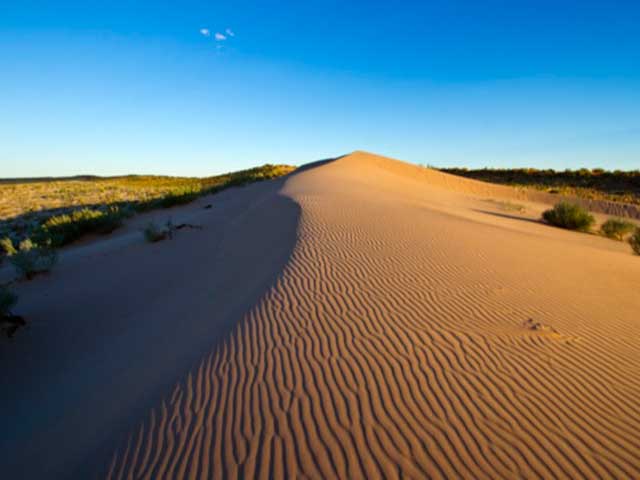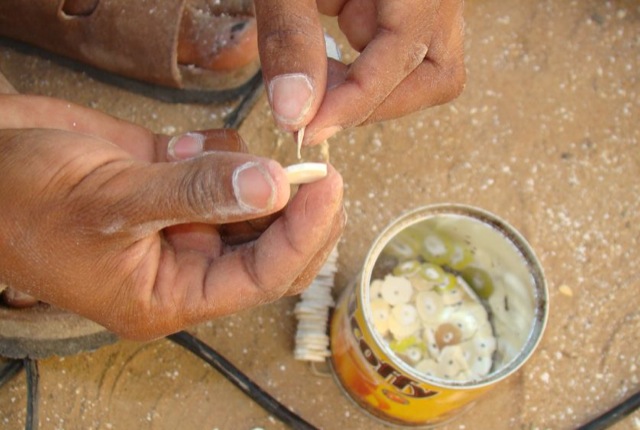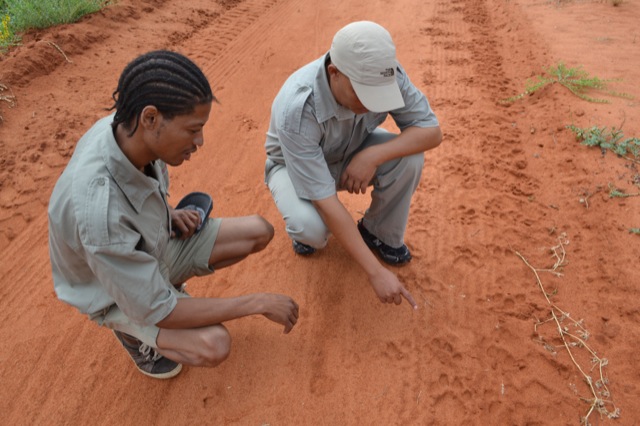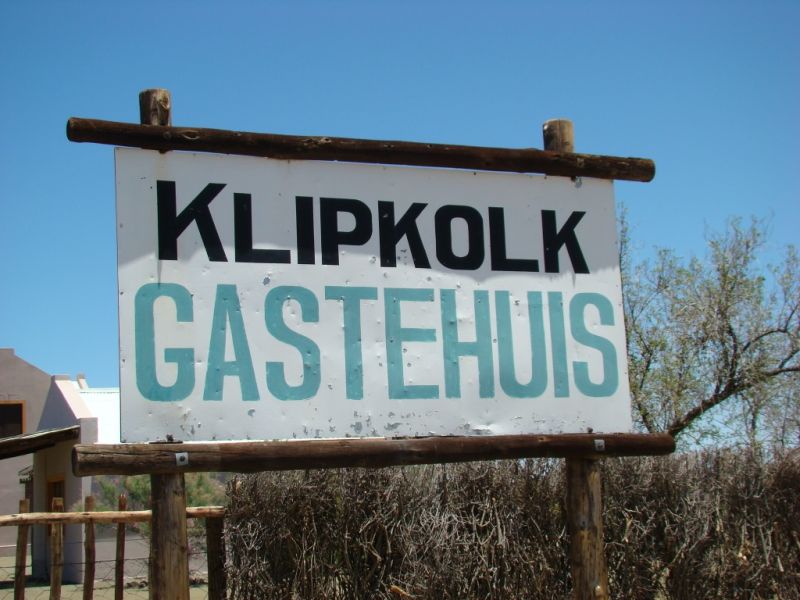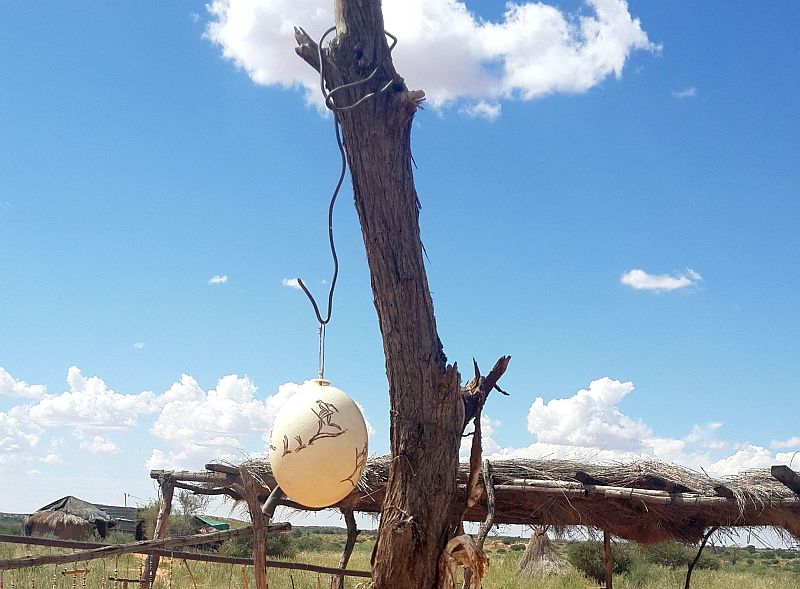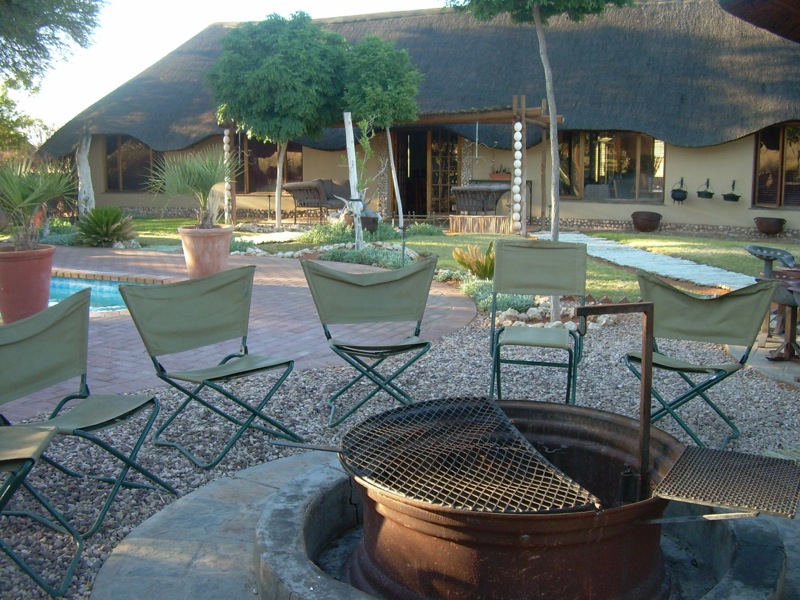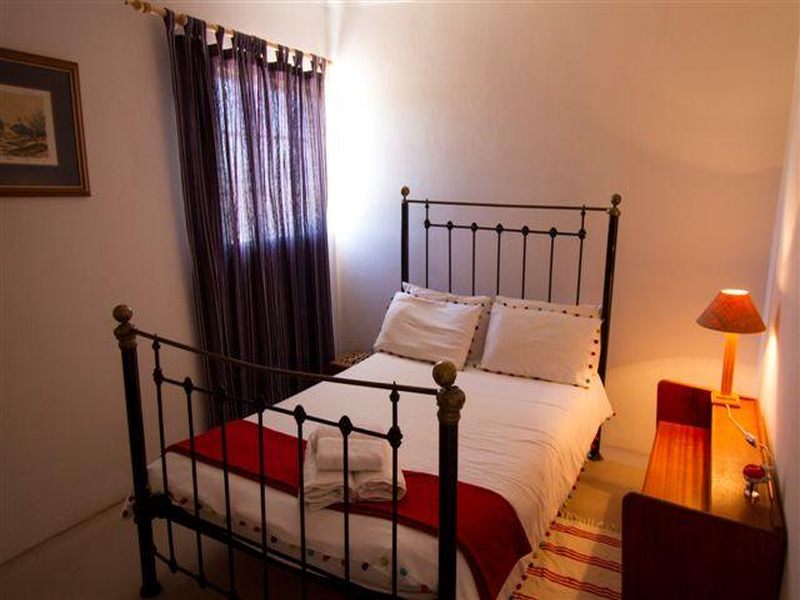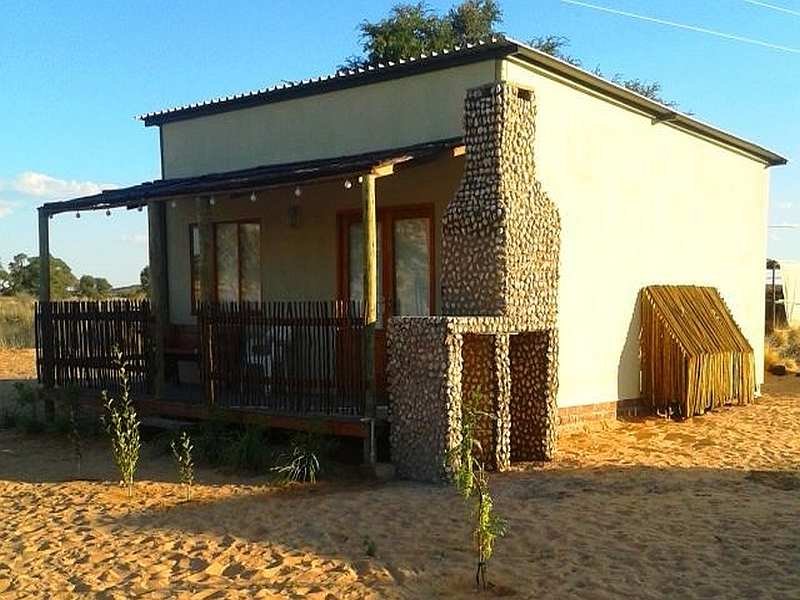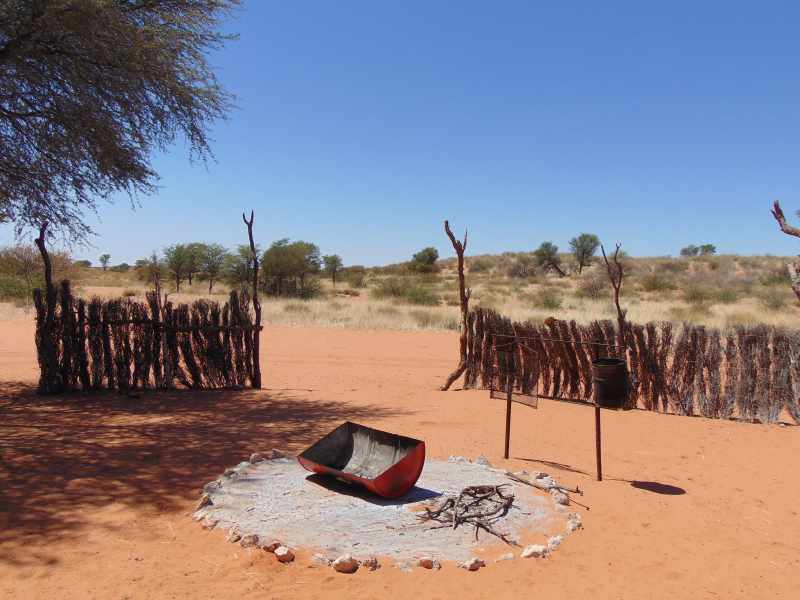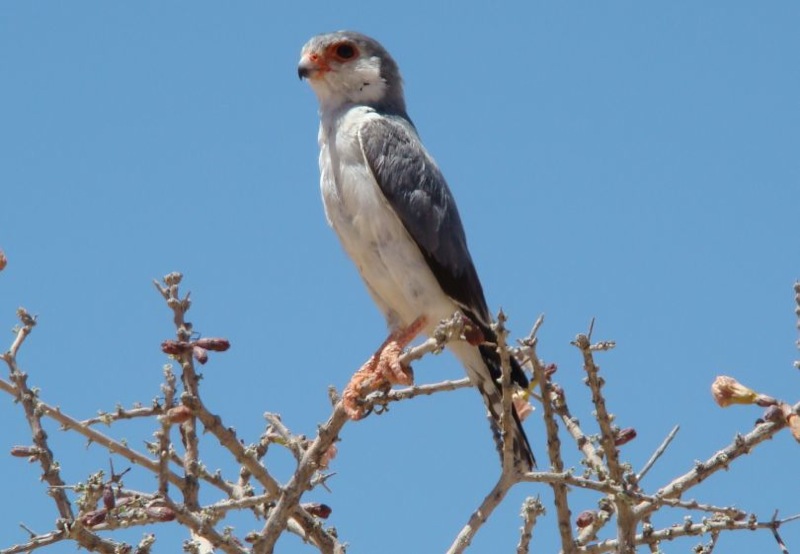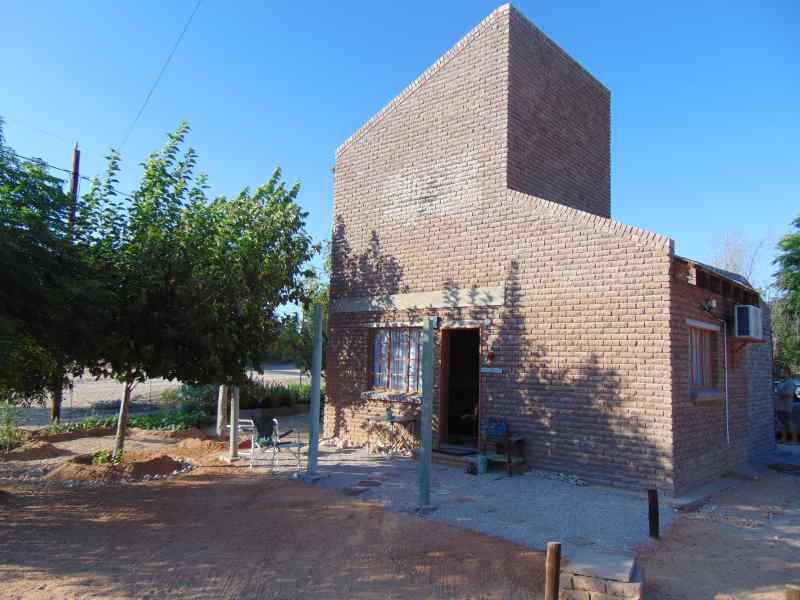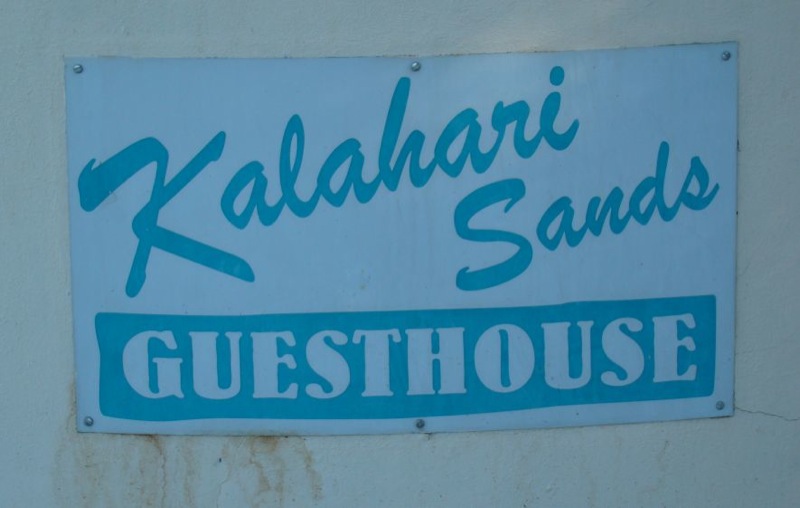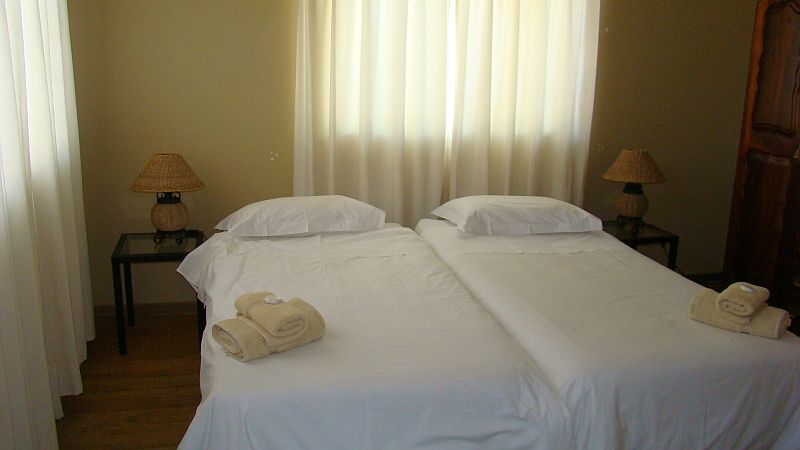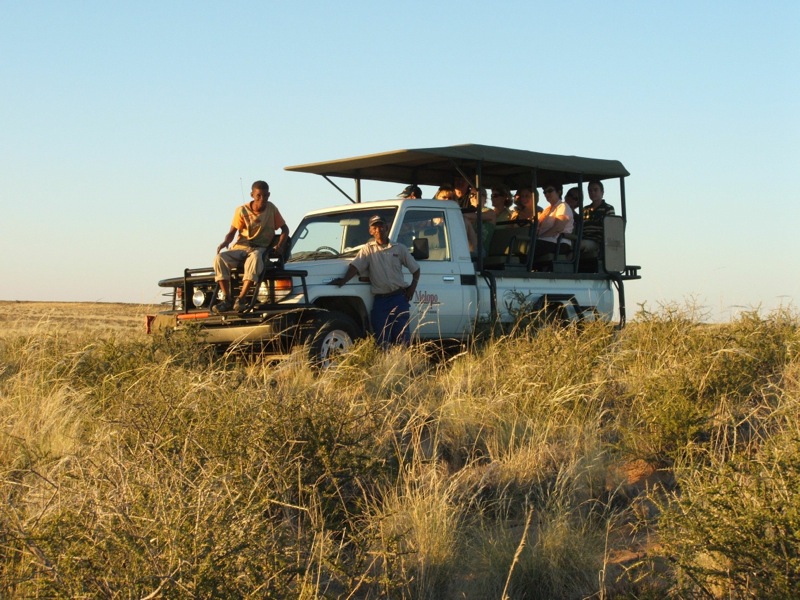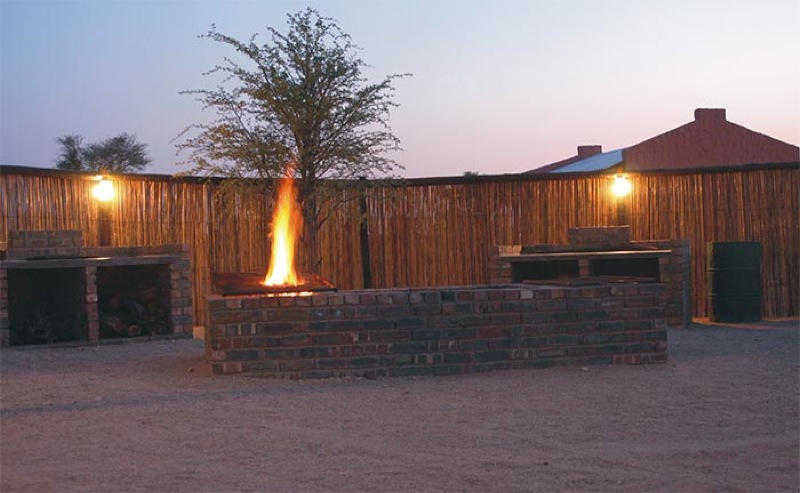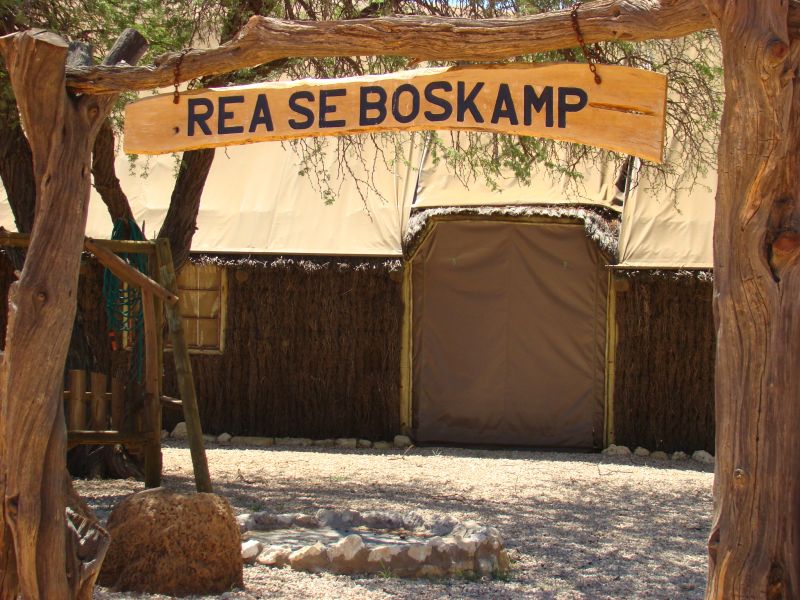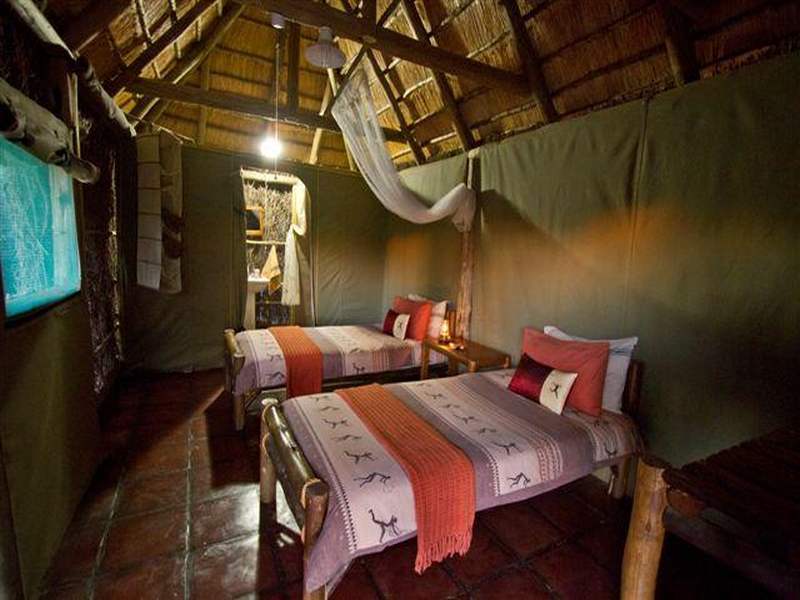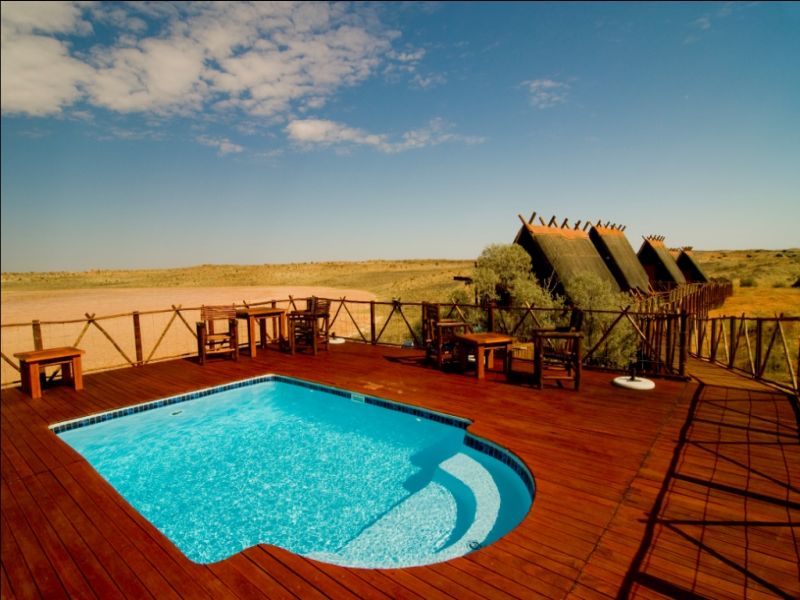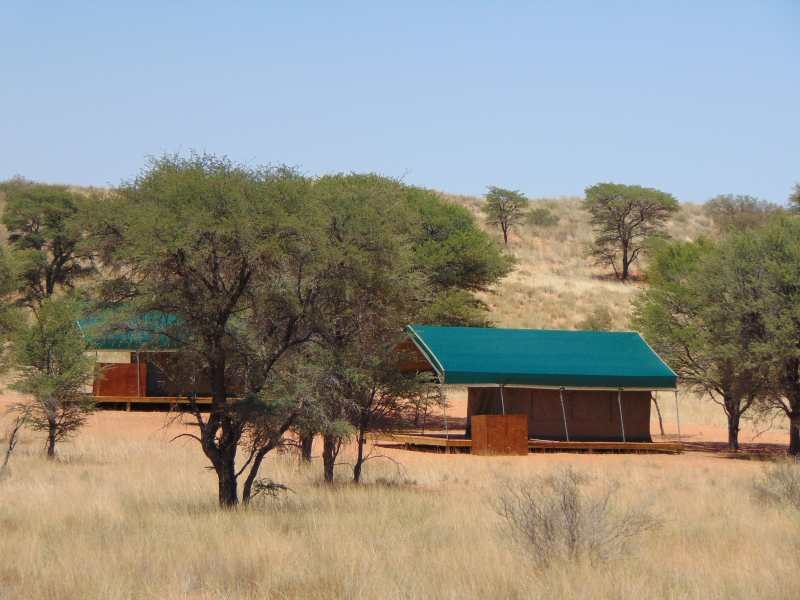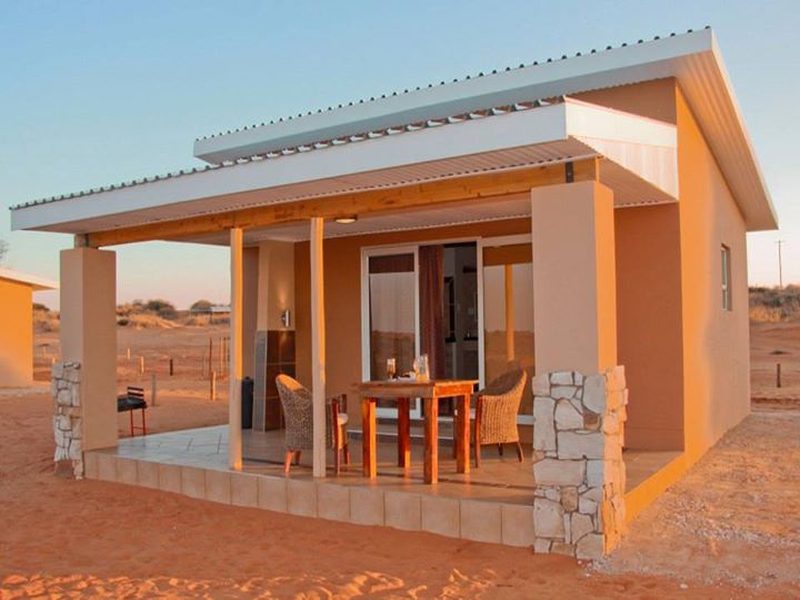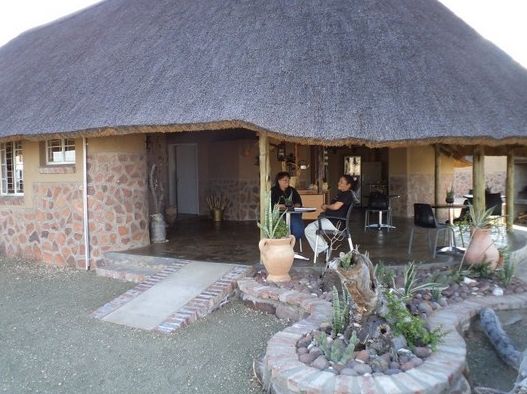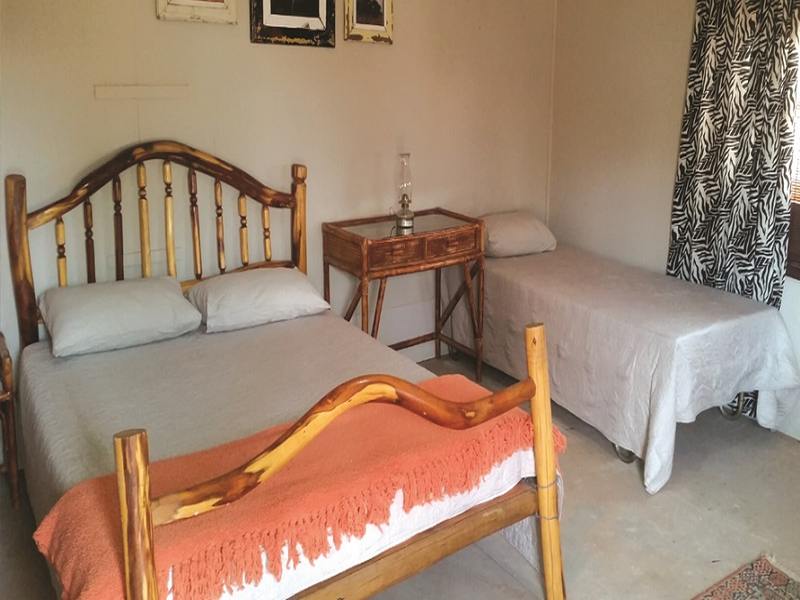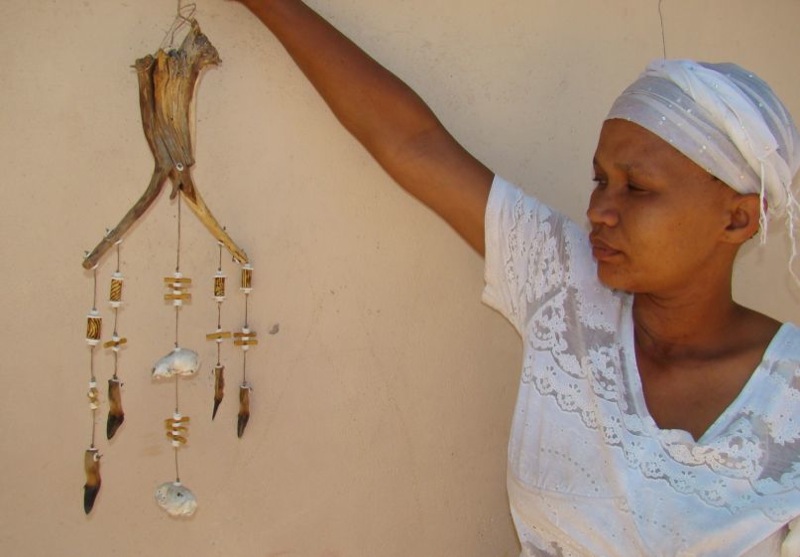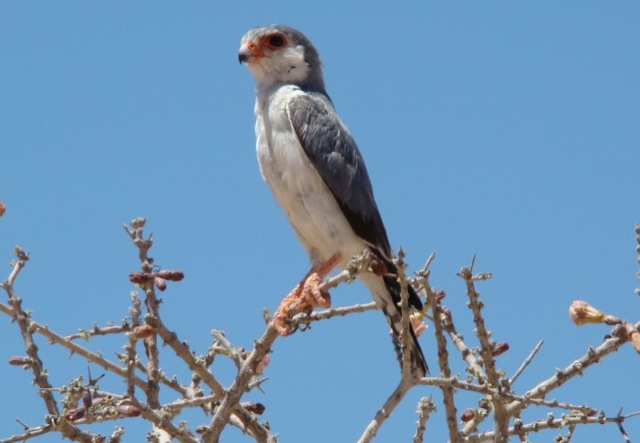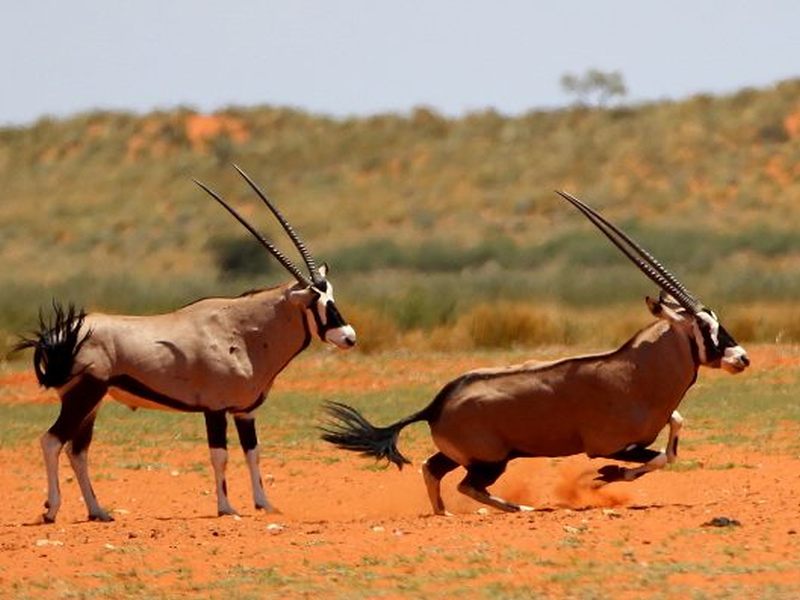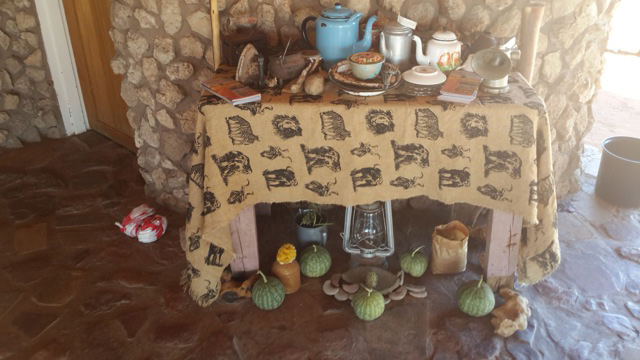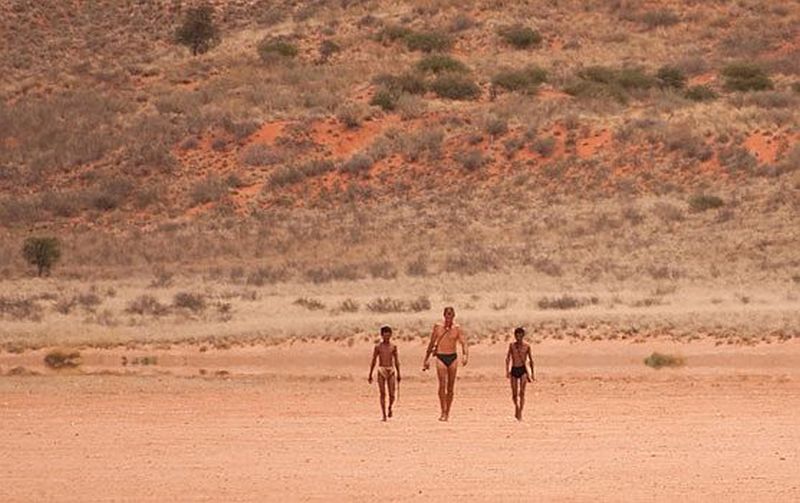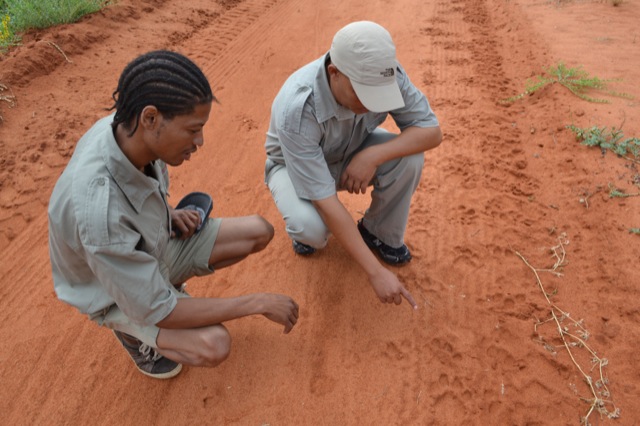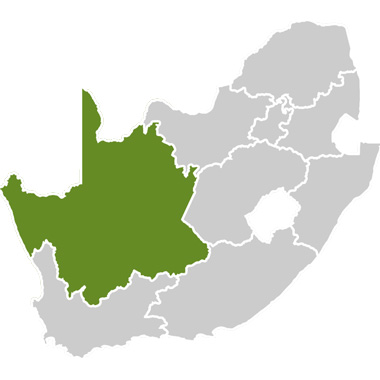This ancient and beautiful land is not only amazingly rich in diversity it also reflects an endless variety of moods, making each new encounter refreshingly different from the previous ones. The Kalahari Red Dune Route extends north of Upington into the Kgalagadi Transfrontier Park that forms the shares its borders with Namibia and Botswana and is one of the largest conservation areas in the world.
The colour of the dunes in the southern Kalahari can be attributed to the high iron oxide content of the sand. In areas of higher rainfall and in shallow areas where water collects, the iron oxide is leached out, causing the sand ultimately to turn white. The gradual effect of the leaching transforms the desert into a wonderful variety of colours.
Besides the red dunes, some of the most obvious features of the Kalahari landscape are the nests of the sociable weaver birds. The colonies have up to 50 chambers housing as many as 300 birds.
Since the Kalahari is a desert, daytime temperatures can be extremely high and in winter, night-time temperatures can drop below zero, though the days are usually warm and pleasant. Thunderstorms are common during the rainy season between November and April.
Reasons to visit:
The Kalahari Red Dune Route showcases the Kalahari through a wide range of activities including desert walks, dune-boarding, 4×4 trailing for the adventurous, game drives, guided walks, birding expeditions and other eco-inclined activities for nature-lovers. For visitors attuned to culture and history, the Kalahari Red Dune Route offers the opportunity to experience regional customs and folklore, sample traditional cuisine, and meet the warm and welcoming people of the Kalahari. Accommodation options are as diverse as the landscape, and vary from camping to homely bed and breakfasts to luxury lodges. All in all, the Kalahari Red Dune Route offers something for everyone.

